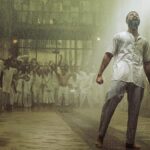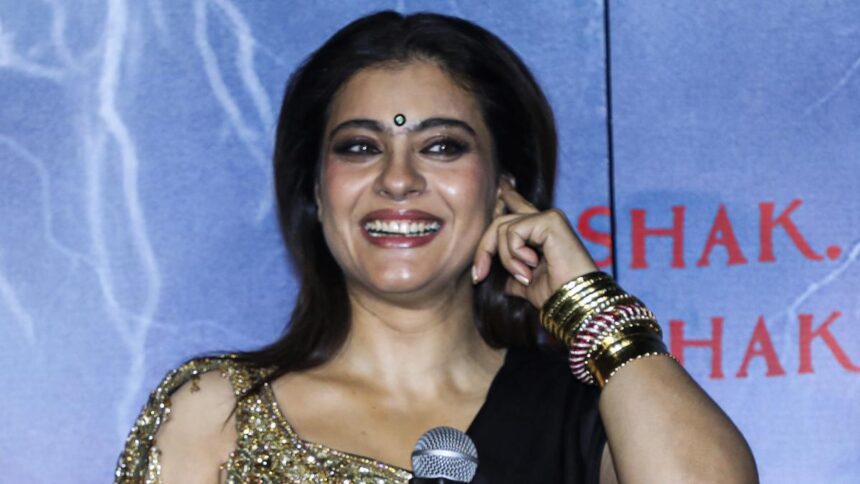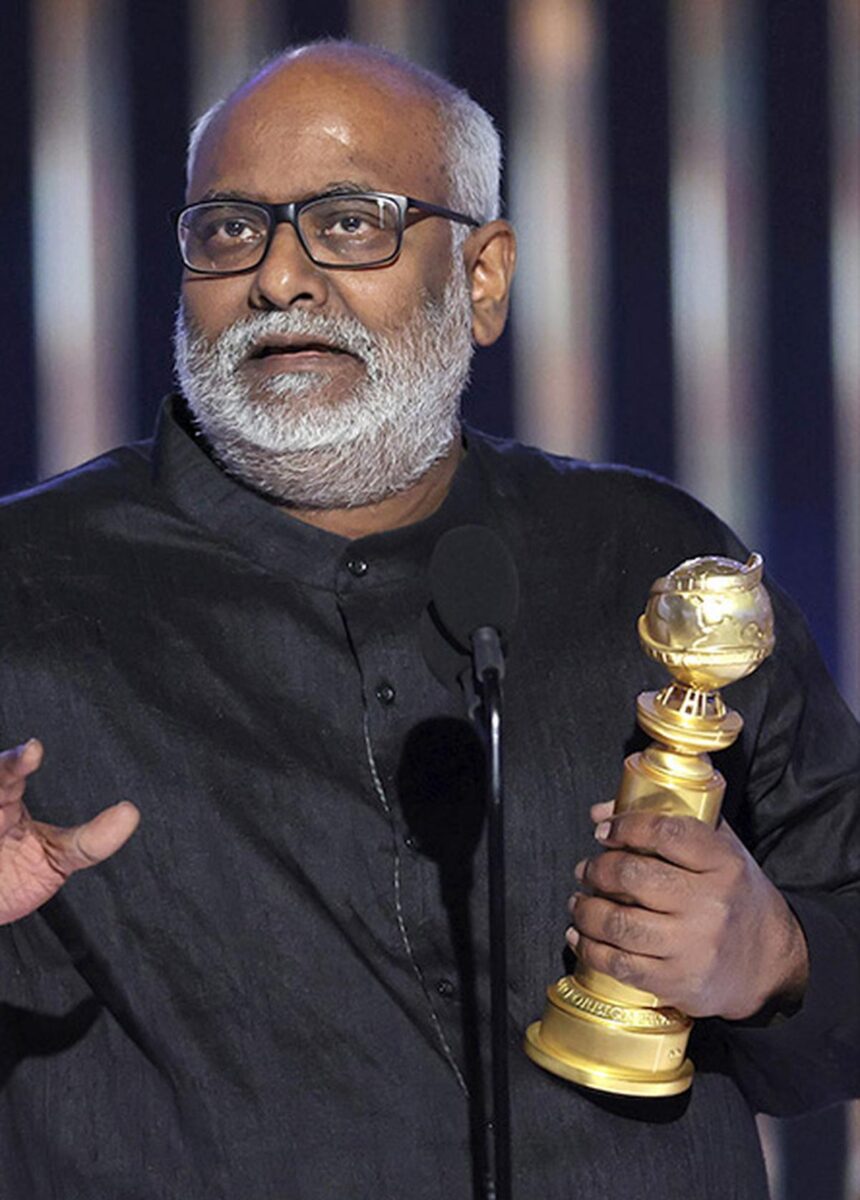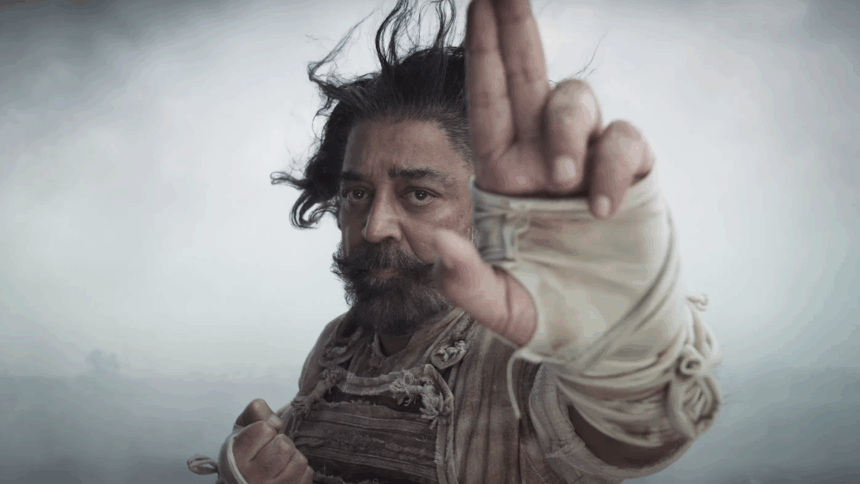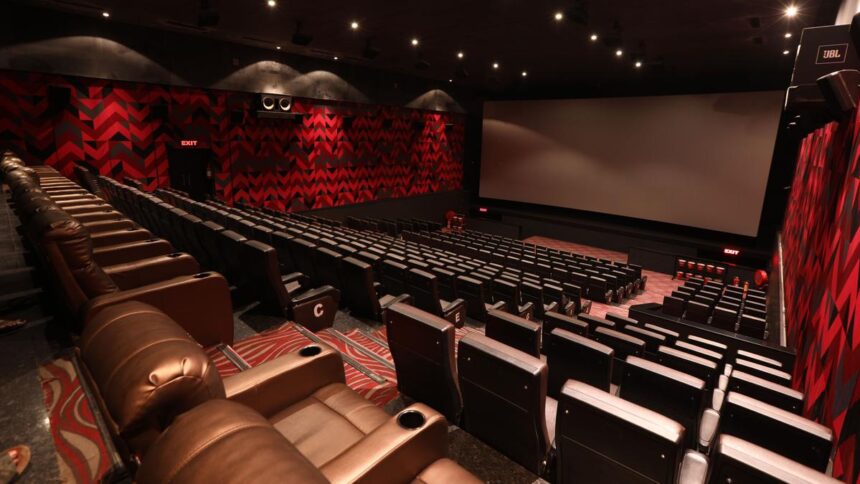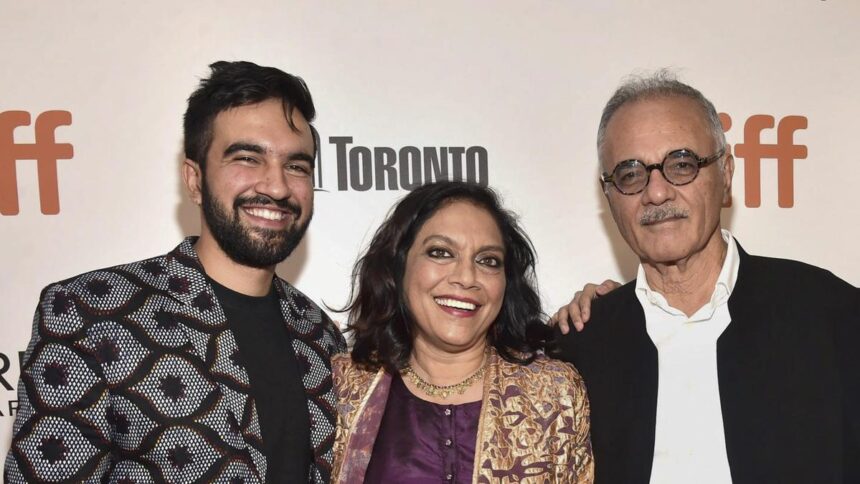The animation genre in India is still a work in progress, and the success of Mahavatar Narsimha has come as a ray of hope for the genre. Directed by Ashwin Kumar and produced by Kleem Productions, the movie has reportedly grossed over ₹100 crore, becoming the most successful Indian animated movie. Presented and distributed by the Bengaluru-based Hombale Films, the banner behind KGF and Kantara, the film is the first instalment of a seven-part animated series.
Revolving around the classic myth of Prahalad and Hiranyakashipu, the movie has surprised trade experts and industry members with its popularity among the mainstream audience. Hindol Hazra, creator at Chalchitra Talks, calls Mahavatar Narsimha a “film accessible to all” and draws parallels with Hanuman (2005), the breakthrough film in the Indian animation context.

“Hanuman was released 20 years ago, and it’s still fondly remembered by people of my generation,” notes Hindol. “Superstar Chiranjeevi had dubbed for the Hanuman character for the Telugu version. In 2012, there was a film called Arjun: The Warrior Prince, which didn’t get the attention it deserved. That’s not the case for Mahavatar Narsimha, as it has managed to create an audience for itself. The film is a perfect balance of larger-than-life action sequences and sincere storytelling.”
Children have been the biggest consumers of Mahavatar Narsimha. The idea from makers to treat the final 30 minutes of the movie, where lord Narsimha takes on Hiranyakashipu, like an action spectacle from a superhero movie, has paid dividends. The action is jaw-droppingly good, drawing the crowd to root for Narsimha, the fourth avatar of Vishnu.
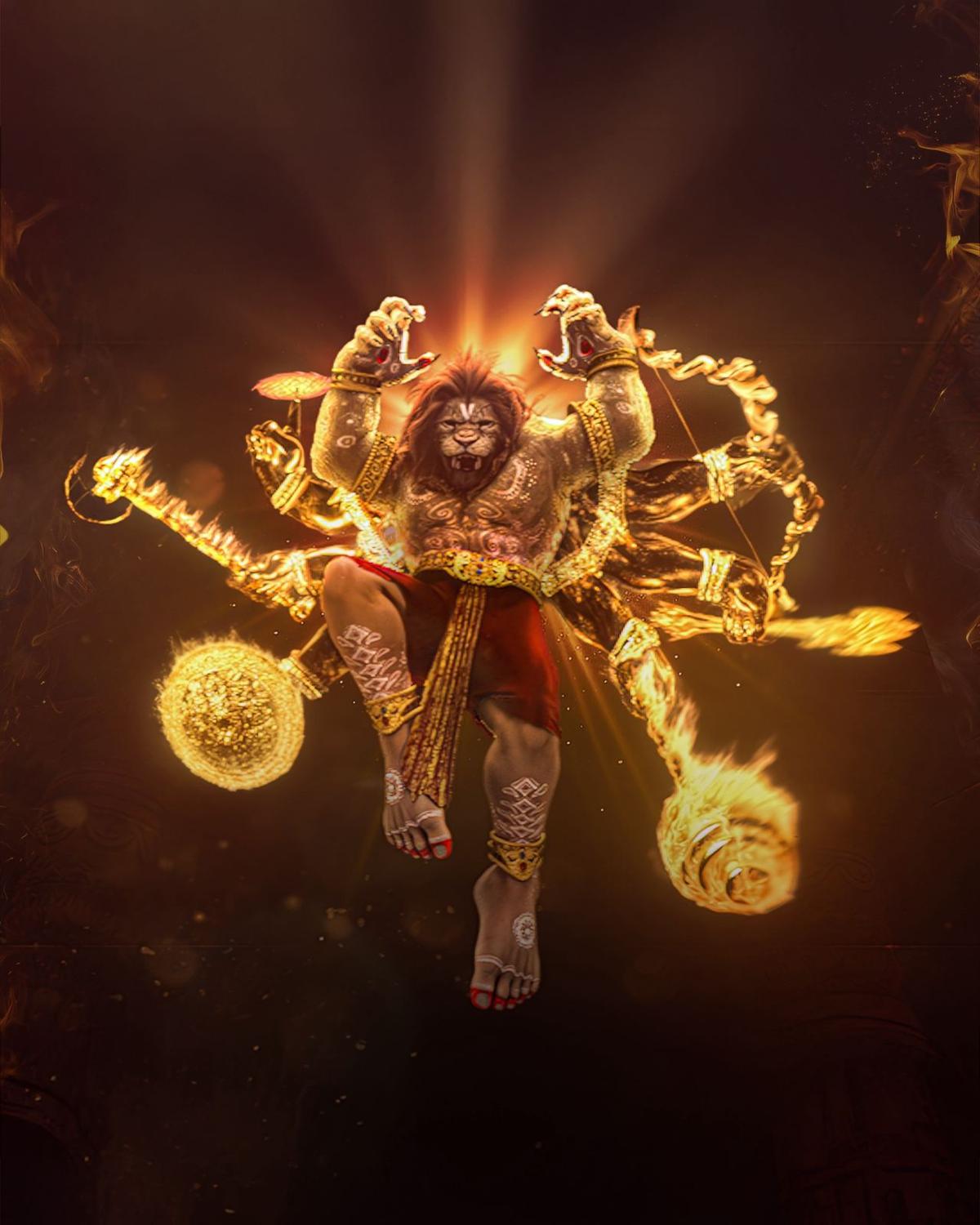
The action in the movie is jaw-droppingly good, drawing the crowd to root for Narsimha, the fourth avatar of Vishnu.
“That kind of treatment is necessary,” points out Hindol. “There is no rule that a story rooted in mythology shouldn’t be treated with modern sensibility. Children today grow up watching the best of Marvel and DC movies. So, if you want to cater to the current generation, you must make a stylish film without diluting the essence of the original story.”
Despite its success, Mahavatar Narsimha is not a perfect film. The animation feels disproportionate. It is as if the best was kept for the last, with the rest of the film being inconsistent on the technical front. “By no means is this the best animation in the world,” Ashwin had told The Hindu before the release. “It’s a step towards that for India, and we have to make it better.”

Rahul V Gopalakrishna, VFX supervisor for 777 Charlie and part of the VFX team of the upcoming Kantara A Legend: Chapter 1, says it was a smart call by the makers to put their best efforts on important sequences.
“To achieve a full film with the quality of what we see in the final hour will require more time and money. The budget might increase by a few crores. In India, it’s tough to get an investment of ₹8-10 crore for an animation movie,” he explains.
Hindol says, “Having worked in the film industry for some time, I know the constraints of an independent production. This film was also made initially in an independent manner, with Hombale Films coming on-board only at the end as a presenter. However, I hope that the success of the film enables the makers to improve the film’s animation quality in the upcoming parts,” he adds.
Mahavatar Narsimha overcomes its technical issues with its strong emotional resonance with the audience. “As a Kannadiga, this story is special to me because I have watched Dr Rajkumar’s cult-classic Bhakta Prahlada (1983). Indians can relate to the tale, as opposed to Kochadaiiyaan, whose protagonist wasn’t familiar to those outside of Tamil Nadu,” reasons Rahul. “Kochadaiiyaan, which adopted the motion capture technique, is a far superior work on the technical front compared with Mahavatar Narsimha, but the story of the eighth-century warrior was new to people, making the experience less immersive.”
The climax of Mahavatar Narsimha is an emotionally-charged experience, balanced with the world-class action,” says Harish Mallya, consultant curator, Bengaluru International Film Festival. “The background score is resounding. They have cleverly upped the ante when the film nears the end, making you yearn for the big moments. The final impact is no less than the climactic finish of Baahubali or KGF,” says Mallya.
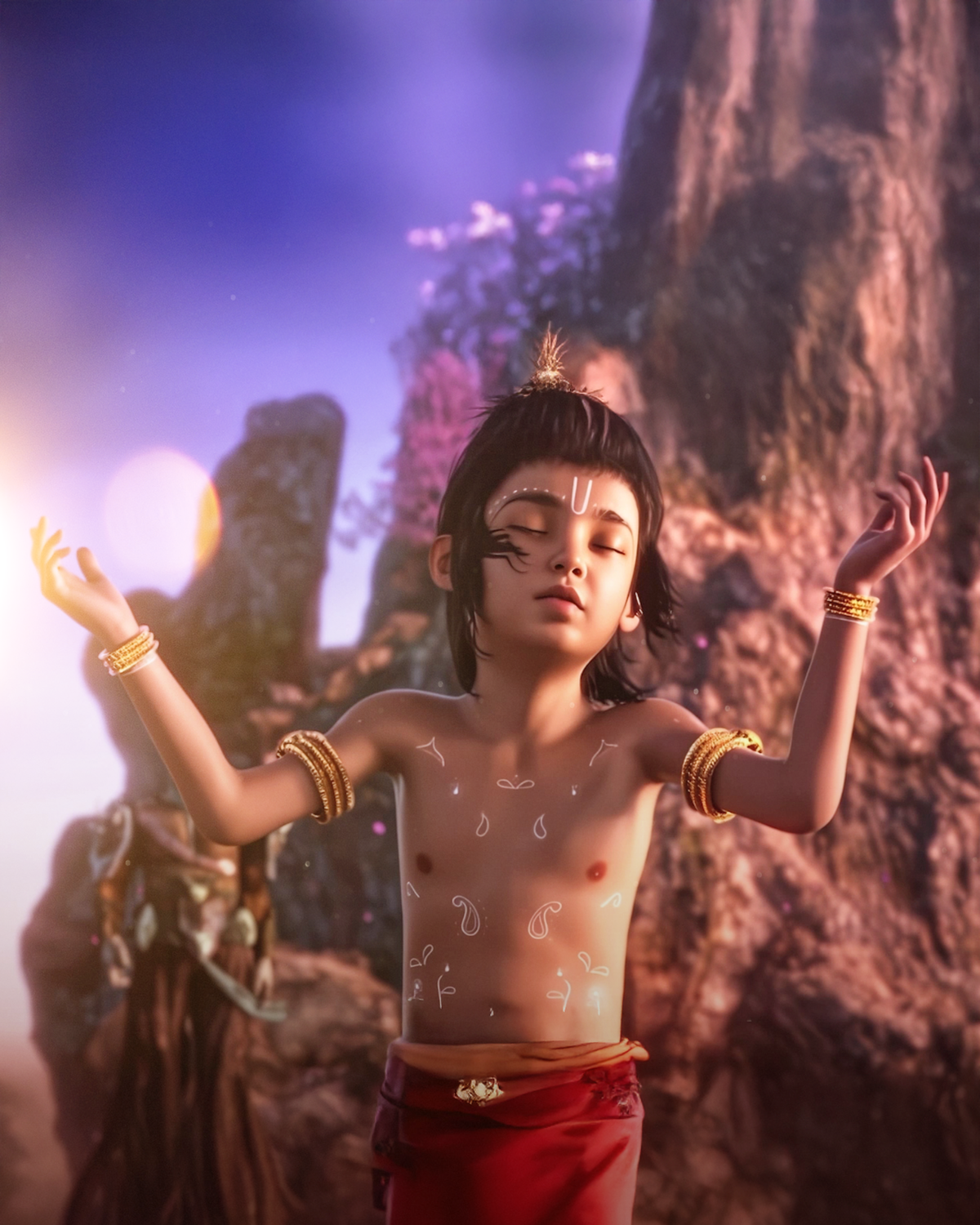
A still from ‘Mahavatar Narsimha’.
| Photo Credit:
Special Arrangement
He feels Narsimha is a great indigenous character for the Indian audience. “In Hollywood, you have Shrek, who is a popular figure in animation. The Cars franchise is known for its unique world-building. Similarly, the story of Narsimha resonates with all generations, making the possibility of a franchise exciting.”
ALSO READ: The gospel of ‘Vinland Saga’ and its life-changing meditations on pacifism
Mallya feels it is time the Indian film industry tapped into the world of animation. Till date, the classic Ramayana: The Legend of Prince Rama remains the best retelling of an Indian tale in the animation world. “India produces the most movies annually in the world. Yet, the number of animated films is less. Oscars has a Best Animation Feature category and a Best Short Film Feature section. There are reputed film festivals for animated movies.”
Hindol echoes Mallya’s thoughts. “Every year, the highest-grossing movies in Hollywood are from Pixar or Disney. Animation movies have a universal audience. Children persuade their parents to watch the films, ensuring three or four tickets per family. In the Indian television space, Chhota Bheem is a homegrown hero. With Mahavatar Narsimha, we seem to have had our first homegrown animation series.”
Published – August 07, 2025 01:24 pm IST




